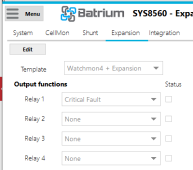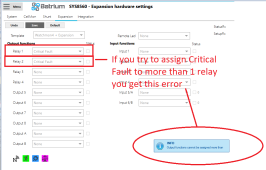I was wondering what the consensus is for either of these for off grid.
Pros for contactor
cheaper
no hands on to close contactor
Cons for contactor
Uses power
need precharge
Pros for Shunt trip
no precharge required
doesn't use power for breaker to remain closed
Cons for Shunt trip
Need hands on to turn breaker back on
Am I missing something?
I'm not sure the hands on pros/cons mean much since if either disconnects, you lose power (networks) and you would have to visit the battery for both.
Pros for contactor
cheaper
no hands on to close contactor
Cons for contactor
Uses power
need precharge
Pros for Shunt trip
no precharge required
doesn't use power for breaker to remain closed
Cons for Shunt trip
Need hands on to turn breaker back on
Am I missing something?
I'm not sure the hands on pros/cons mean much since if either disconnects, you lose power (networks) and you would have to visit the battery for both.








